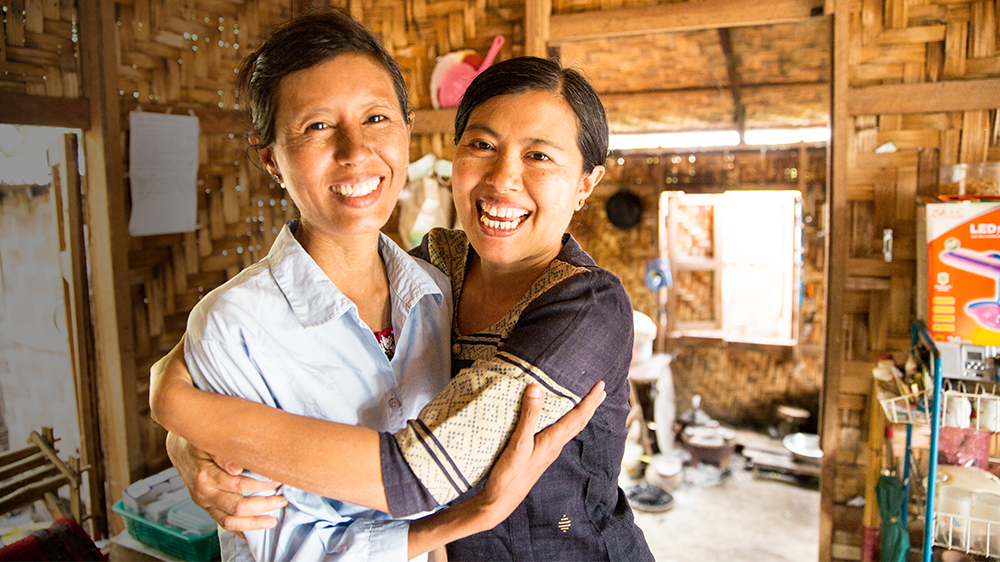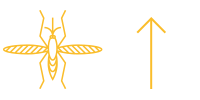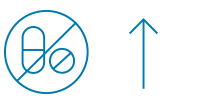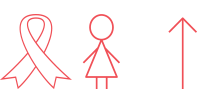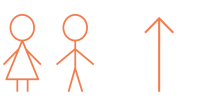February 11, 2019
Click here to download a PDF copy of the U.S. Investment Case for the Global Fund.
The Global Fund to Fight
AIDS, Tuberculosis and Malaria:
A Smart, Lifesaving
U.S. Investment
The Global Fund to Fight AIDS, Tuberculosis and Malaria is the world’s largest global
health funder, investing nearly $4 billion a year in programs run by local experts and
governments to accelerate the end of the world’s deadliest infectious diseases.
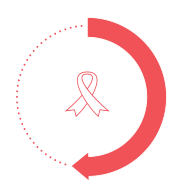 |
 |
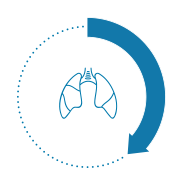 |
 |
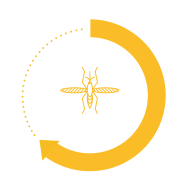 |
| Half as many AIDS-related deaths since the peak in 2005 |
37 Percent decline in TB deaths from 2000 to 2016 |
60 Percent decline in malaria death rates since 2000 |
27 million lives saved since 2002.1
Benefits to the U.S.
U.S. investments in the Global Fund and global health are only a fraction of the total federal budget (0.25 percent), and they provide significant health security and economic benefits.
Prevents Emerging Pandemics from Reaching U.S. Shores |
 |
Grows Export
|
|---|---|---|
| In order to fight AIDS, TB and malaria effectively, the Global Fund invests in strengthening local health infrastructure, which also helps countries contain other diseases such as Ebola. | 11 of the top 15 U.S. export markets were once U.S. foreign aid recipients2, and 5 of the 10 fastest growing economies are located in Africa3. Malaria-free countries have five times greater economic growth than countries with malaria.4 |
Leveraging Other DonorsBy law, the U.S. can only cover up to 33% of the Global Fund’s total budget, requiring other donors to step up. During the last pledging cycle in 2016, other donors significantly increased their contributions.5 |
 |
Canada
24% |
 |
European Commission 28% |
 |
Germany
33% |
| … | ||||||
| United Kingdom 38% |
Italy
40% |
Japan
46% |
Catalyzing Domestic Investments
U.S. investments also encourage the countries fighting the diseases to increase their own investments in health.
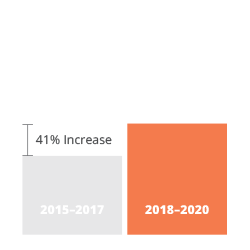 |
 |
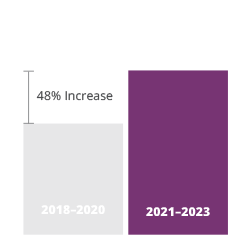 |
 |
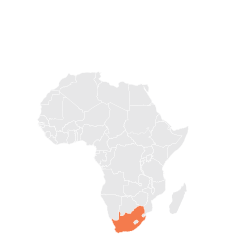 |
| Global Fund co-financing requirements have catalyzed domestic investments, with grant recipients committing 41% more of their own funding to fight AIDS, TB and malaria for 2018–2020 compared to 2015–2017.6 | The Global Fund projects that domestic funding for programs to fight HIV, TB and malaria in 2021–2023 will grow to $46 billion, an increase of 48 percent over the current cycle.7 | South Africa, home to the largest number of people living with HIV around the world, now pays for a majority of its HIV detection and treatment costs.8 |
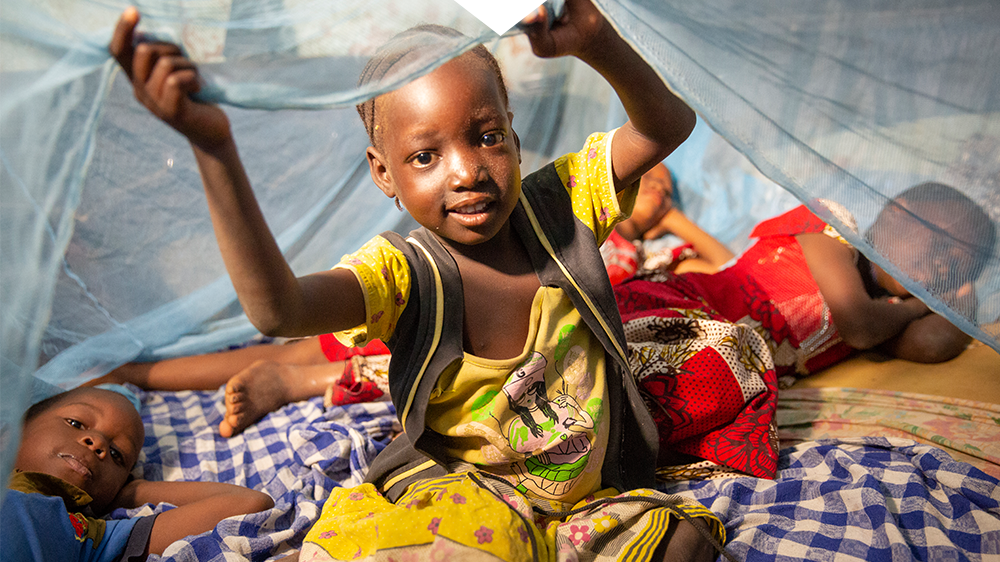
…
New Challenges
|
|
 |
|
Disease ComebacksFor the first time in 10 years, malaria cases are on the rise9 and mosquitoes are developing resistance to the most common insecticides. We can expect disease resurgence in places where funding is prematurely cut. |
Antibiotic Resistance2.6 million people are projected to die from drug-resistant TB per year by 2050 costing the global economy an estimated $16.7 trillion.10 |
|
|
|
|
|
Young Women at RiskNearly 1,000 adolescent girls and young women are infected with HIV every day.11 Young women aged 15-24 are up to eight times more likely to be HIV positive than young men in some African countries.12 |
Growing Youth PopulationsOver 40% of Africa’s population is under the age of 15.13 The same levels of investment will not be enough to reach a larger population with HIV prevention. |
Stepping up the Fight for the Global Fund’s Sixth Replenishment
The Global Fund projects that at least $14 billion is needed in the 2019 replenishment to get back on track to end the three epidemics.
To continue its leadership in providing a third of the Global Fund’s financing and encourage other donors to increase their investment, Friends asks for a U.S. contribution of $1.56 billion in fiscal years 2020-2022. A $1.56 billion annual appropriation would be consistent with $4.68 billion over the three year replenishment cycle.
Without more funding, preventable diseases will claim more lives.14
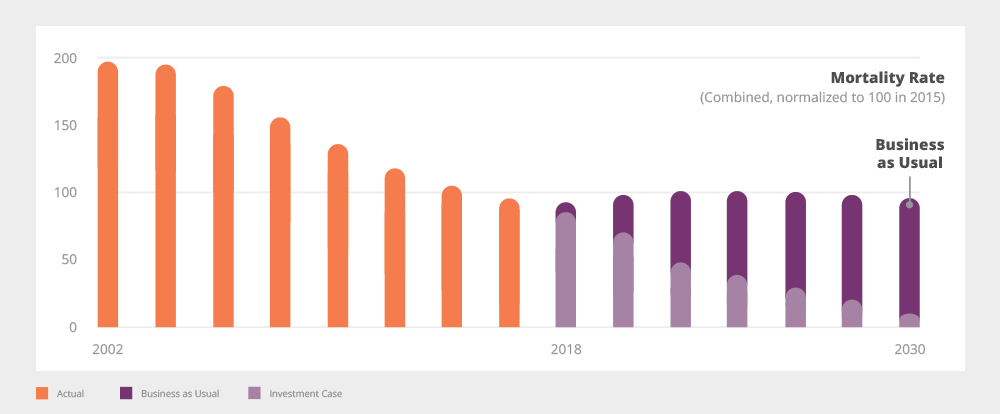
Combined with an expected 48% increase in domestic resources,
$14 billion for the Global Fund will:15
 |
 |
 |
||||
| Reduce the projected AIDS, TB and malaria deaths by nearly 50%. | Save an additional 16 million lives. | Avert 234 million infections or disease cases. | Spur $19 in economic returns and health gains for every $1 invested. |
U.S. support for the Global Fund is part of overall U.S. international assistance appropriations. To adequately fund the Global Fund, we need an increase in the broader international development budget—a critical investment in U.S. humanitarian, economic and security goals with a history of strong bipartisan support.
Sources
| 1 The Global Fund to Fight AIDS, Tuberculosis and Malaria. 2018. “2018 Results Report.” 2 InterAction. 2011. “Investing in Foreign Assistance Report.” 3 U.S. Global Leadership Coalition. 2016. “Here’s Why Foreign Assistance is Important.” 4 Roll Back Malaria. 2015. “Action and Investment to defeat Malaria 2016-2030.” 5 The Global Fund to Fight AIDS, Tuberculosis and Malaria. 6 The Global Fund to Fight AIDS, Tuberculosis and Malaria. 2019. “Investment Case Summary: Sixth Replenishment 2019.” 7 The Global Fund to Fight AIDS, Tuberculosis and Malaria. 2019. “Investment Case Summary: Sixth Replenishment 2019.” 8 The Global Fund to Fight AIDS, Tuberculosis and Malaria. |
 |
9 World Health Organization. 2018. “World Malaria Report 2018.” 10 The Global Fund to Fight AIDS, Tuberculosis and Malaria. 2018. “2018 Results Report.” 11 The Global Fund to Fight AIDS, Tuberculosis and Malaria. 2019. “Investment Case Summary: Sixth Replenishment 2019.” 12 The Global Fund to Fight AIDS, Tuberculosis and Malaria. 2018. “2018 Results Report.” 13 United Nations. 2017. “World Population Prospects.” 14 The Global Fund to Fight AIDS, Tuberculosis and Malaria. 2019. “Investment Case Summary: Sixth Replenishment 2019.” 15 The Global Fund to Fight AIDS, Tuberculosis and Malaria. 2019. “Investment Case Summary: Sixth Replenishment 2019.” |
Click here to download a PDF copy of the U.S. Investment Case for the Global Fund.

